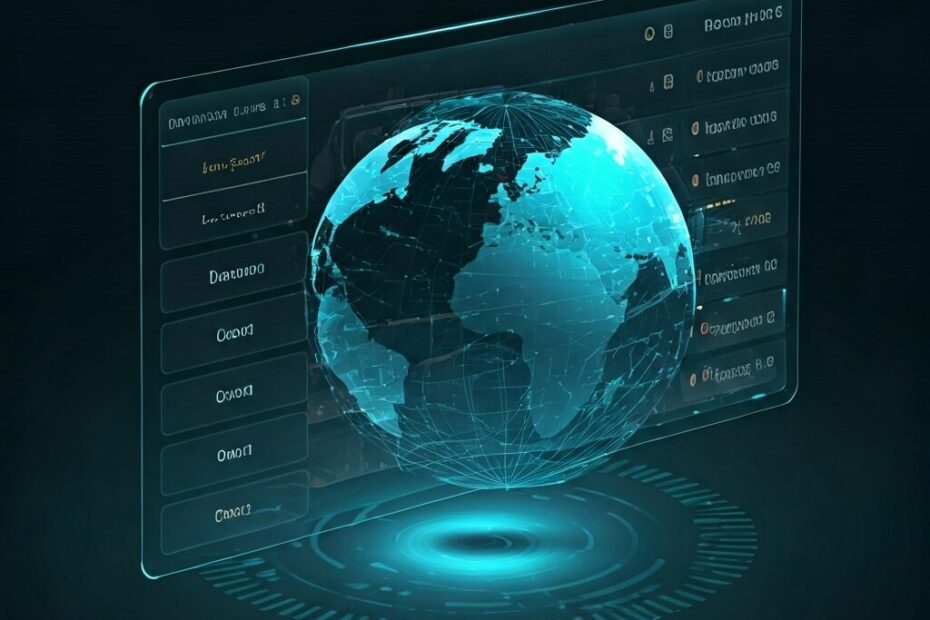Tether Advances Global Financial Access With Open-Source Release Of Wallet Development Kit
John: Hey everyone, I’m John, your go-to tech blogger at Blockchain Bulletin, where I break down Web3, metaverse, and blockchain topics into easy-to-digest pieces. Today, we’re diving into Tether’s recent release of their open-source Wallet Development Kit, or WDK, which is all about making financial tools more accessible worldwide. If you’d like a simple starter guide to exchanges, take a look at this beginner-friendly overview.
Lila: That sounds exciting, John! Readers are always asking about ways to get into crypto without big barriers, especially with all the talk about self-custody and AI in finance. So, what exactly is this Wallet Development Kit from Tether?
The Basics of Tether’s WDK
John: Great question, Lila. Tether, the company behind the popular USDT stablecoin, released their Wallet Development Kit on 2025-10-17 as an open-source toolkit. It’s designed to help developers build secure, self-custodial wallets that work across multiple blockchains like Bitcoin and Ethereum.
Lila: Self-custodial? What’s that mean in simple terms?
John: Self-custodial means users control their own private keys and funds, without relying on a third party like a bank or exchange (think of it as holding your own house keys instead of giving them to a landlord). This WDK is modular, so builders can customize it for different needs, and it’s available for anyone to use freely.
Background on Tether and Past Developments
Lila: Before we get into the new stuff, can you give a quick history on Tether?
John: Sure thing. In the past, Tether started in 2014 as a stablecoin issuer, with USDT pegged to the U.S. dollar for stable value in crypto trading. Over the years, they’ve expanded to things like integrating with payment apps in 2023 and launching tokens on new networks, such as The Open Network on 2024-04-19.
Lila: And now this WDK fits into that story?
John: Exactly. Currently, with the WDK’s release on 2025-10-17, Tether is pushing for broader financial access by open-sourcing tools that support not just humans but also AI agents and autonomous systems.
Key Features of the WDK
Lila: What makes this kit stand out? Are there specific features we should know?
John: Absolutely. The WDK includes a starter wallet template for iOS and Android, making it easier to get started. It supports multiple blockchains, including Bitcoin, Lightning Network, Ethereum, Arbitrum, Polygon, and Solana, plus assets like USDT, XAUT (gold-backed), and others.
Lila: Sounds practical. Any examples of what it can do?
John: For sure—it’s built for payments, savings, swaps, and even DeFi interactions. One cool part is its focus on AI agents, allowing automated systems to handle finances securely.
Use Cases and Examples
Lila: How might people actually use this in real life?
John: Developers can use the WDK to create custom wallets for global users, like apps for cross-border payments without traditional banks. For instance, businesses could build wallets for AI-driven trading or everyday users in underbanked regions to store stablecoins safely.
Lila: Got any tips for beginners interested in trying it?
John: Here’s a quick list of starter steps:
- Visit Tether’s official GitHub or site to download the open-source code.
- Start with the modular templates for iOS or Android to build a basic wallet.
- Test on supported blockchains like Bitcoin for self-custody features.
- Don’t forget to review security best practices, as crypto wallets handle real funds.
John: (And hey, if you’re new, remember it’s like assembling a Lego set—start small to avoid mix-ups!)
Potential Impacts on Global Finance
Lila: This seems big for financial access. What’s the current landscape looking like?
John: Currently, as of 2025-10-19, Tether’s USDT has a market cap over $180 billion, making it a giant in stablecoins. The WDK aims to extend this by enabling self-custody worldwide, potentially helping unbanked populations access digital finance.
Lila: And looking ahead?
John: Looking ahead, it could foster more innovation in DeFi and AI integrations, but we’ll have to watch how developers adopt it in the coming months.
Risks and Safeguards
Lila: Are there any downsides or things to watch out for?
John: Yes, like any open-source tool, security is key—users must protect their private keys to avoid hacks. Compliance varies by jurisdiction, so always check local regulations and official docs before building or using crypto tools.
Lila: Good caution. How does Tether address that?
John: Tether emphasizes secure, modular design in the WDK, and they’ve donated to open-source ecosystems, like $250,000 to OpenSats on 2025-10-16, to support broader freedom tech.
FAQs and Looking Ahead
Lila: Readers might have questions—let’s cover a couple.
John: One common one: Is the WDK free? Yes, it’s fully open-source. Another: Does it support AI? Absolutely, it’s designed for AI agents to manage wallets autonomously.
Lila: What’s next for Tether based on this?
John: Looking ahead, Tether might build on this with more integrations, but that’s based on their recent announcements—no speculation here.
John: Wrapping up, Tether’s WDK release on 2025-10-17 is a solid step toward making blockchain wallets easier to build and use, promoting financial freedom for everyone from individuals to AI systems. It’s encouraging to see open-source moves like this in Web3. And if you’d like a bit more background on exchanges, you might enjoy this global guide.
Lila: Thanks, John—that makes the topic feel approachable. Key takeaway: Tools like the WDK are opening doors to self-managed finance, so stay curious and informed!
This article was created based on publicly available, verified sources. References:
- Original Source
- Tether Launches Open-Source Wallet Dev Kit on Bankless
- Tether releases open-source wallet development kit for global self-custody
- Tether’s Open-Source Wallet Development Kit (WDK): A Game-Changer for Self-Custodial Finance – Tekedia
- Tether Official X Post on WDK Release
